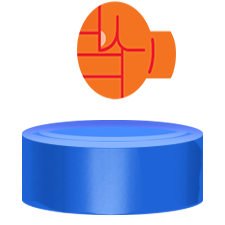Install Steam
login
|
language
简体中文 (Simplified Chinese)
繁體中文 (Traditional Chinese)
日本語 (Japanese)
한국어 (Korean)
ไทย (Thai)
Български (Bulgarian)
Čeština (Czech)
Dansk (Danish)
Deutsch (German)
Español - España (Spanish - Spain)
Español - Latinoamérica (Spanish - Latin America)
Ελληνικά (Greek)
Français (French)
Italiano (Italian)
Bahasa Indonesia (Indonesian)
Magyar (Hungarian)
Nederlands (Dutch)
Norsk (Norwegian)
Polski (Polish)
Português (Portuguese - Portugal)
Português - Brasil (Portuguese - Brazil)
Română (Romanian)
Русский (Russian)
Suomi (Finnish)
Svenska (Swedish)
Türkçe (Turkish)
Tiếng Việt (Vietnamese)
Українська (Ukrainian)
Report a translation problem



































































1. I totally forgot that you could change size in game (It has been 2 years since I last played CD haha)
2. Hmm that sucks, but that's fine, not a huge problem
Have a nice day!
1. Only in game
2. Currently no. Remeber though you can move terrain by copy pasting it
1. Is it possible to resize a map after a size has been set?
2. Is it possible to move all (or select specific) tiles at once?
These functions might come in handy in case you mess something up. It would be hell if you realise midway that you did one small mistake and you had to redo everything from scratch just to correct it.